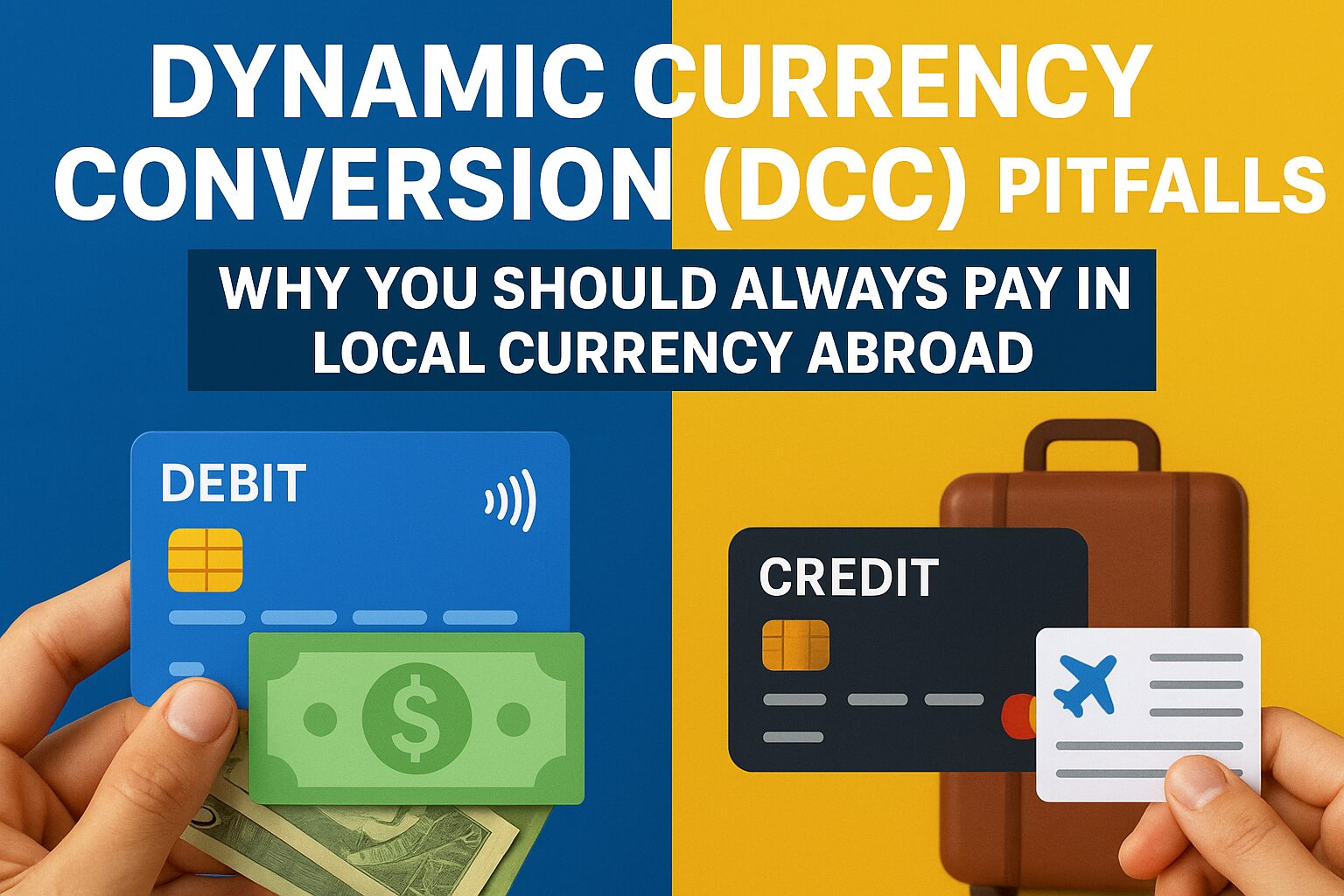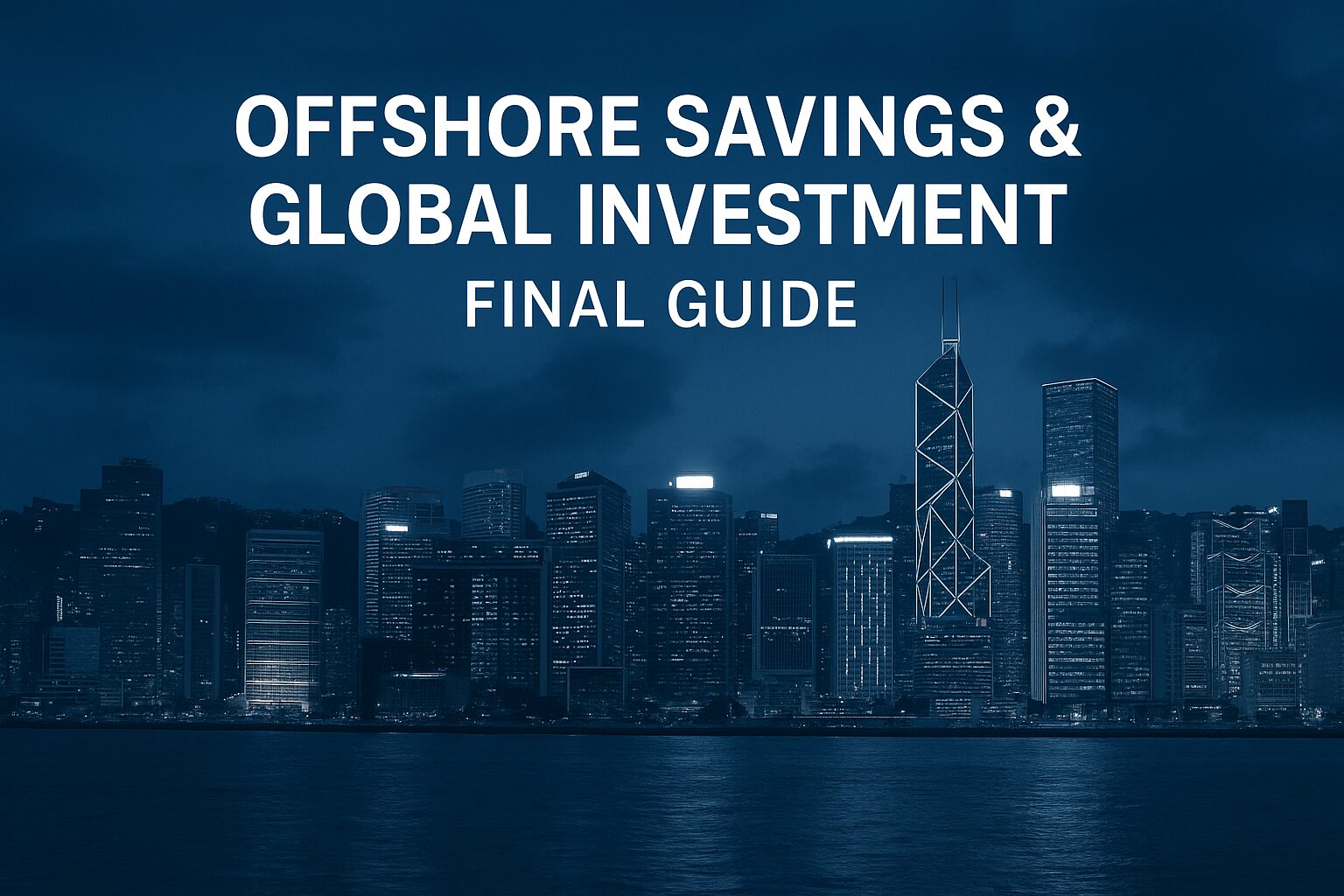Why Global Citizens Need to Compare
Global wealth planning is no longer limited to traditional investments like stocks, bonds, or real estate. For high-net-worth individuals (HNWIs), residency and citizenship options have become a core part of wealth preservation and international mobility. While Residency by Investment (RBI) and Citizenship by Investment (CBI) both allow individuals to secure access to new markets, improved tax structures, and global mobility, their structures, benefits, and risks differ significantly.
This article provides a deep comparison between RBI and CBI, exploring which path may be more suitable for entrepreneurs, digital nomads, investors, and families. Through real-world examples, detailed cost comparisons, and long-term strategic insights, you will learn how to leverage these programs as tools for wealth optimization and lifestyle design.
Section 1: Understanding Residency by Investment (RBI)
Residency by Investment is a program offered by many countries that allows foreign nationals to obtain legal residency in exchange for a qualifying investment. Residency does not immediately confer citizenship, but it provides a pathway to permanent residency or naturalization after fulfilling certain requirements.
1.1 Key Characteristics
- Legal Status: Grants residency rights, often renewable annually or every few years.
- Investment Options: Usually real estate, government bonds, business investment, or job creation.
- Mobility: Residency often grants access to local healthcare, education, and business privileges.
- Citizenship Pathway: In most cases, permanent residency can lead to citizenship after a minimum stay period (commonly 5–10 years).
- Cost Range: Investment thresholds typically range from $100,000 to $1 million, depending on the country.
1.2 Popular Residency Programs
- Portugal Golden Visa
- Investment: €500,000 real estate (or €250,000 cultural donation).
- Benefits: EU residency, pathway to citizenship after 5 years, visa-free travel across Schengen.
- Attracts digital nomads and retirees due to lifestyle and tax incentives.
- Greece Golden Visa
- Investment: €250,000 real estate (lowest in Europe).
- Benefits: Residency with no minimum stay requirements.
- Ideal for those seeking property investment and EU mobility.
- United States EB-5 Visa
- Investment: $800,000 in targeted employment areas.
- Benefits: Permanent residency (green card), pathway to citizenship after 5 years.
- Suited for entrepreneurs and families planning long-term U.S. settlement.
- UAE Residency Visa (Golden Visa)
- Investment: AED 2 million real estate.
- Benefits: 10-year residency, zero personal income tax, business hub advantages.
- Attracts global entrepreneurs and wealthy families.
1.3 Advantages of RBI
- Lower entry cost compared to citizenship programs.
- Flexibility: maintain home country passport while gaining a second residency.
- Business opportunities in the host country.
- Access to healthcare, schools, and banking systems.
1.4 Limitations of RBI
- Residency may require physical presence (some countries are strict).
- Citizenship is not guaranteed; often requires long-term commitment.
- Limited travel benefits compared to a second passport.
Section 2: Understanding Citizenship by Investment (CBI)
Citizenship by Investment programs grant individuals full citizenship in exchange for a qualifying investment. Unlike residency, this confers all rights of a native citizen, including a passport, voting rights, and legal protections.
2.1 Key Characteristics
- Legal Status: Full citizenship immediately or within a short timeframe.
- Investment Options: Real estate, government donations, or economic funds.
- Mobility: Second passport provides extensive visa-free travel.
- Tax Optimization: Many CBI countries have favorable tax regimes.
- Cost Range: Usually between $100,000–$2.5 million.
2.2 Popular Citizenship Programs
- St. Kitts & Nevis CBI
- Investment: $150,000 donation or $200,000 real estate.
- Benefits: Fast-track citizenship (3–6 months), visa-free to 160+ countries.
- Malta Individual Investor Program
- Investment: €600,000 minimum donation plus residence period.
- Benefits: EU citizenship, access to Schengen, and high global mobility.
- Turkey Citizenship by Investment
- Investment: $400,000 real estate.
- Benefits: Turkish passport, E-2 investor visa eligibility in the U.S.
- Dominica Citizenship Program
- Investment: $100,000 donation.
- Benefits: Affordable, fast, and provides access to 145+ visa-free destinations.
2.3 Advantages of CBI
- Immediate access to a second passport.
- No long residency requirement.
- Access to global banking, tax, and lifestyle advantages.
- Family eligibility (spouse, children, parents).
2.4 Limitations of CBI
- Higher upfront costs compared to RBI.
- Some passports have limited recognition compared to EU/U.S. passports.
- Possible reputational risks (scrutiny by governments and financial institutions).
Section 3: Direct Comparison – RBI vs. CBI
| Criteria | Residency by Investment (RBI) | Citizenship by Investment (CBI) |
|---|---|---|
| Legal Status | Residency rights only | Full citizenship & passport |
| Mobility | Limited, often Schengen/EU | Wide visa-free travel (150+) |
| Cost Range | $100,000–$1M | $100,000–$2.5M |
| Timeline | 5–10 years to citizenship | Immediate (3–12 months) |
| Family Coverage | Often limited | Usually broad (spouse, children) |
| Tax Advantages | Access to local incentives | Global structuring opportunities |
| Best For | Long-term relocation, lifestyle | Mobility, wealth planning, fast-track |
Section 4: Case Studies
Case 1: Digital Nomad Entrepreneur
- A South Korean entrepreneur chooses Portugal Golden Visa.
- Gains EU residency, access to Schengen, and pathway to citizenship in 5 years.
- Keeps Korean passport while enjoying EU tax incentives.
Case 2: Wealthy Family Planning
- A Middle Eastern family invests in St. Kitts CBI.
- Gains visa-free travel to Europe and UK for business expansion.
- Avoids strict residency requirements.
Case 3: Businessman Seeking U.S. Entry
- Turkish citizenship obtained for $400,000 real estate.
- Uses E-2 investor visa to establish a company in the U.S.
Section 5: Strategic Guidance – Which Is Better?
- Choose RBI if:
- You plan to relocate or spend significant time abroad.
- You want affordable entry with eventual citizenship.
- You prefer stability and long-term residency rights.
- Choose CBI if:
- You need a second passport quickly.
- You want maximum mobility for global business.
- You can commit larger capital upfront.
Section 6: The Bigger Picture – Wealth and Lifestyle Design
Residency and citizenship programs are more than just documents. They are tools for:
- Tax planning: reducing double taxation and optimizing structures.
- Wealth protection: securing assets in stable jurisdictions.
- Family security: providing education and healthcare in top destinations.
- Freedom of movement: ensuring global mobility in uncertain times.
Conclusion
The decision between RBI and CBI depends on your financial goals, lifestyle preferences, and family needs. RBI provides a gradual, affordable path to citizenship, while CBI offers instant access to global mobility. Wealthy individuals often combine both strategies, starting with a residency program and later upgrading to citizenship.









